ecosystem-guides.com
....exploring the planet's ecosystems
AUSTRALASIAN
Tropical Lowland Rainforest
The Australasian forest is (on a global scale) a relatively small area of rainforest, but has a high range of endemics. The rainforest includes high altitude upland forest in the mountains, subtropical rainforest, and the classic hot and humid lowland tropical rainforest.
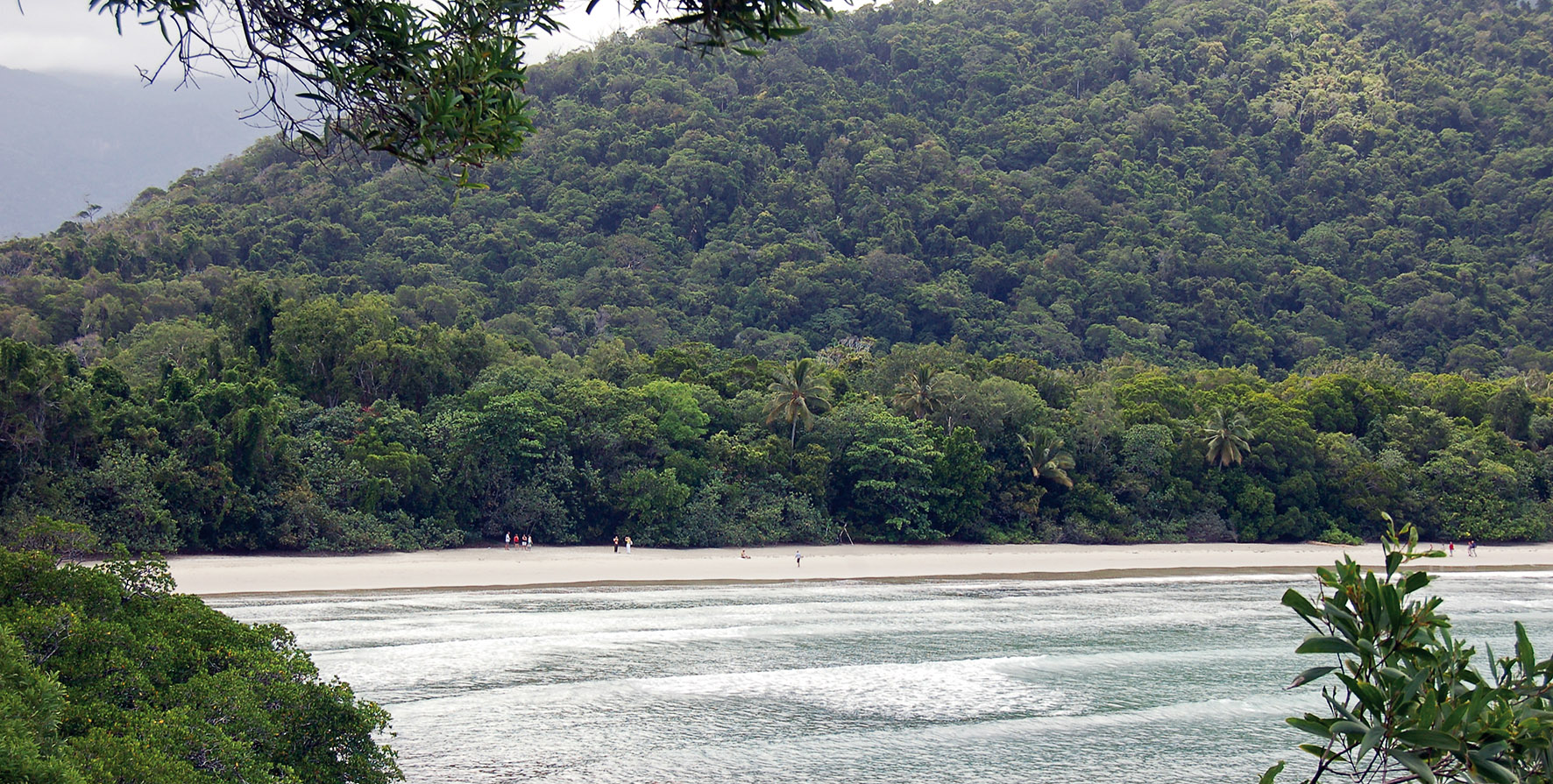 the lowland rainforest at Cape Tribulation, Australia.
the lowland rainforest at Cape Tribulation, Australia.The lowland 'jungle' forest is still intact and found around the New Guinea coast, and is protected in small patches in Australia in the Daintree and north Queensland. It extends to the islands of Melanesia, including the Solomons, Vanuatu and New Caledonia. These forests also supply many of the species that have ended up in Fiji and beyond (Fiji and eastwards is included in Rainforest of Oceania).
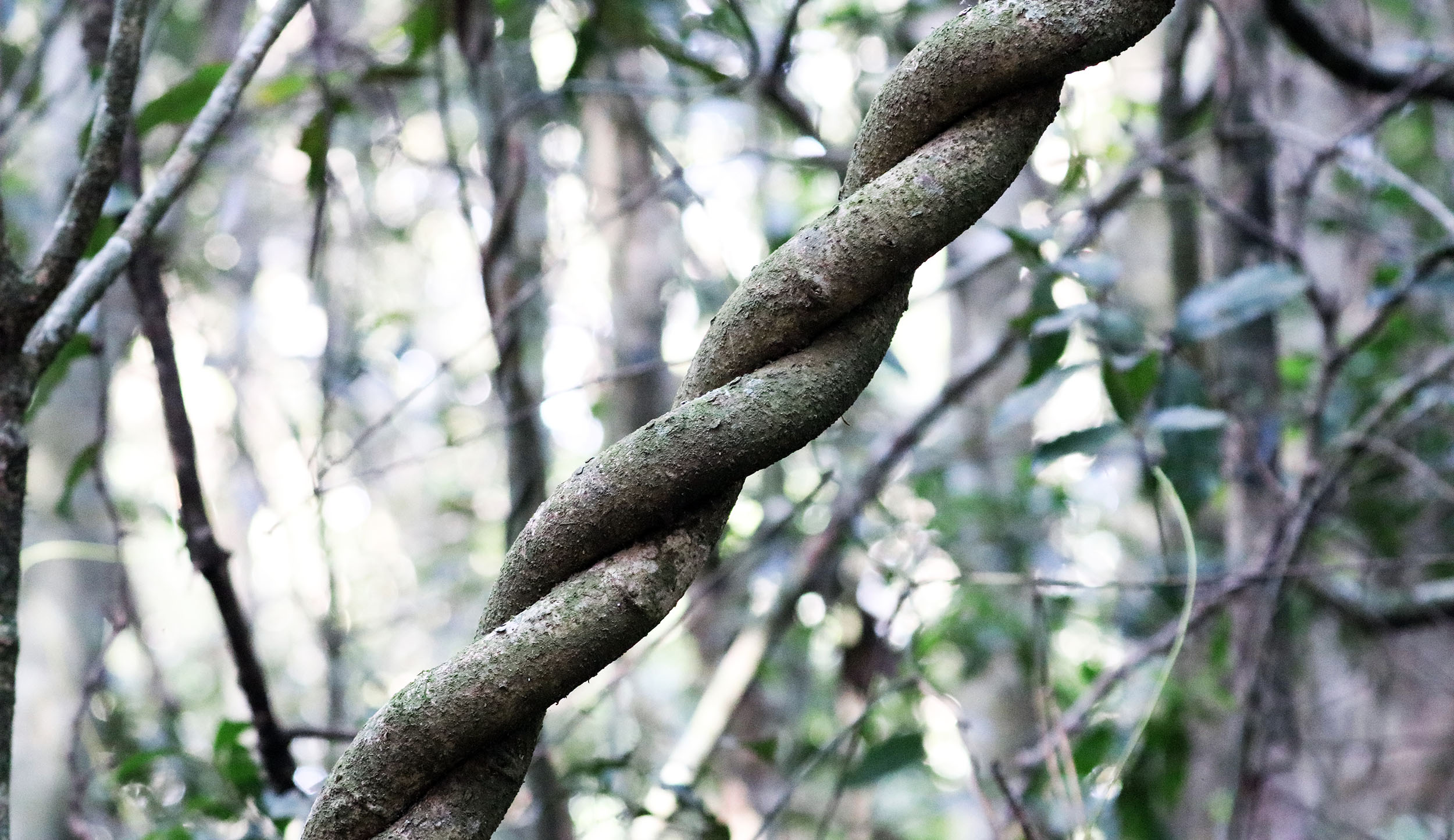 (O'Reillys Lodge)
(O'Reillys Lodge)One of the more infamous plants of the Australian and New Guinea rainforest is Dendrocnide moroides, 'Stinging Bush', or 'Gympie Gympie'. The small hairs on this plant cause extreme pain. Do not use these wide leaves as toilet paper!
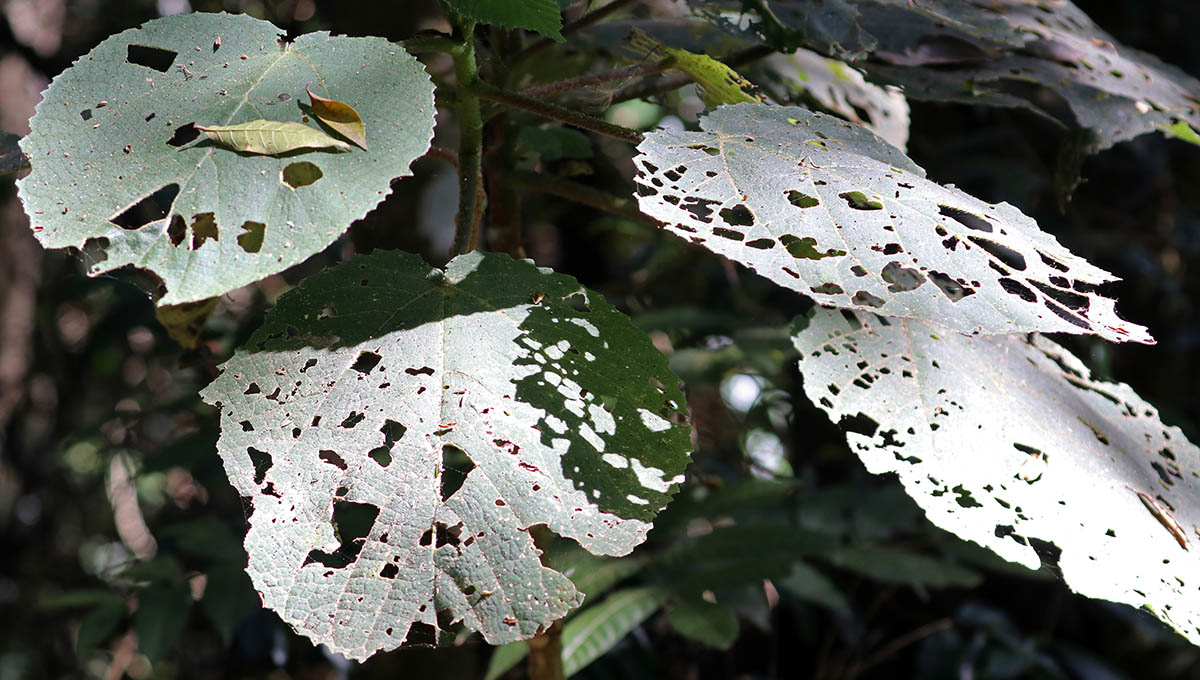 (Lamington National Park, Australia)
(Lamington National Park, Australia)The huge family Euphorbiaceae has over 6000 species spread over 250 genera, making it the fifth largest family of plants. They are found throughout the world, from tropical areas to temperate. On a global scale, the huge range of different species has few easily identifiable features. However, in the Australasian rainforests, many of the species in this family tend to have some features in common: they often have small not very colourful flowers, rounded or heart-shaped leaves, exudate or 'sap' when a branch is broken, and are commonly pioneer or edge species. There are over 150 species found in the Australian tropical rainforest, and they are often important 'pioneer' species, such as the Macarangas.
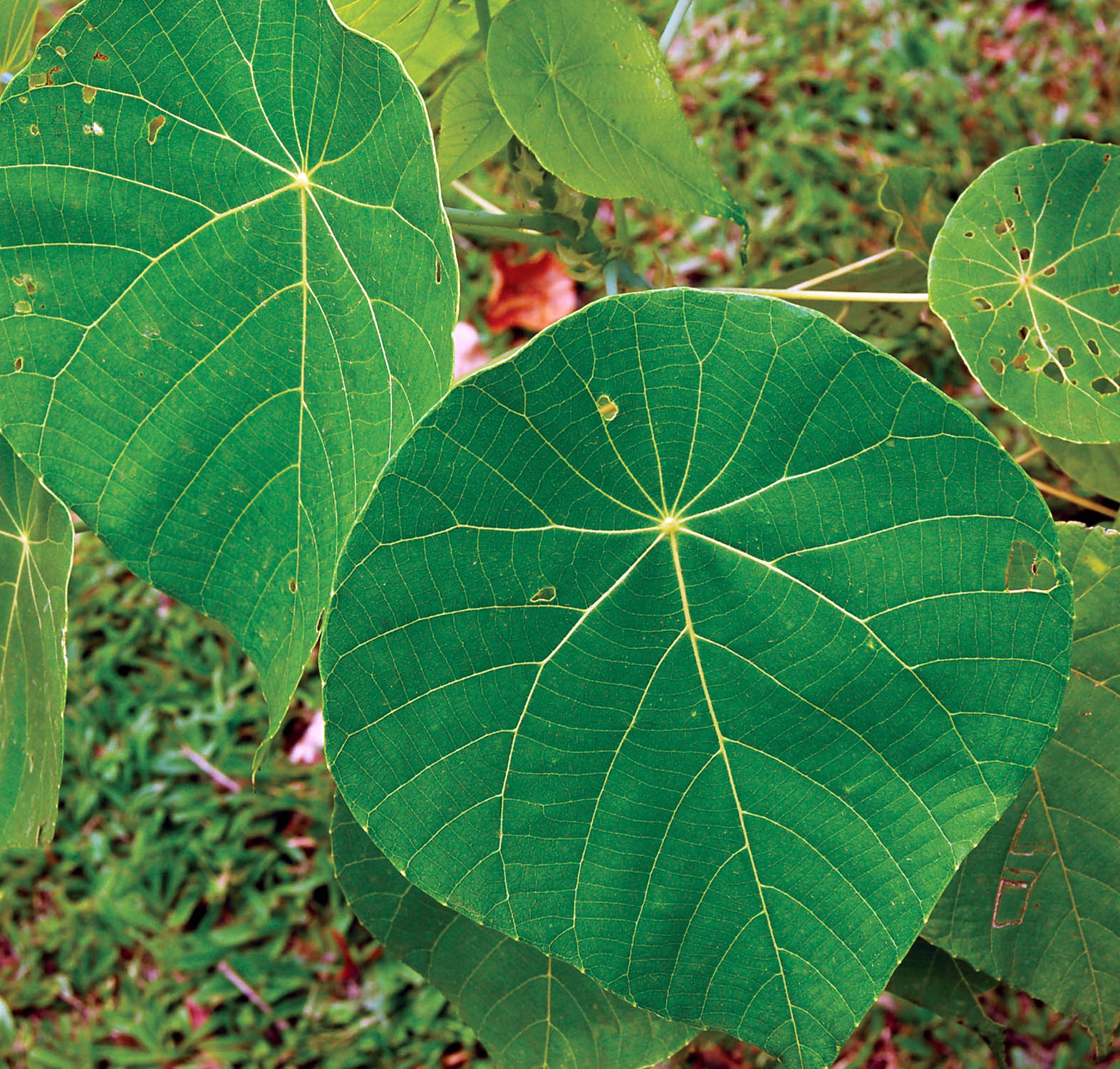 (Daintree, Queensland, Australia).
(Daintree, Queensland, Australia).In contrast to the introduced cockroaches, many native cockroaches are slightly less disgusting, The forests of north Queensland include the heaviest of all cockroaches! Macropanesthia rhinoceros, ‘Giant Burrowing Cockroach’. It is wingless, and the female feeds young on dead leaves dragged down into underground tunnels where it generally lives. They are not often seen in the wild: adults may only emerge after heavy rain. It is sold as a pet around the world.
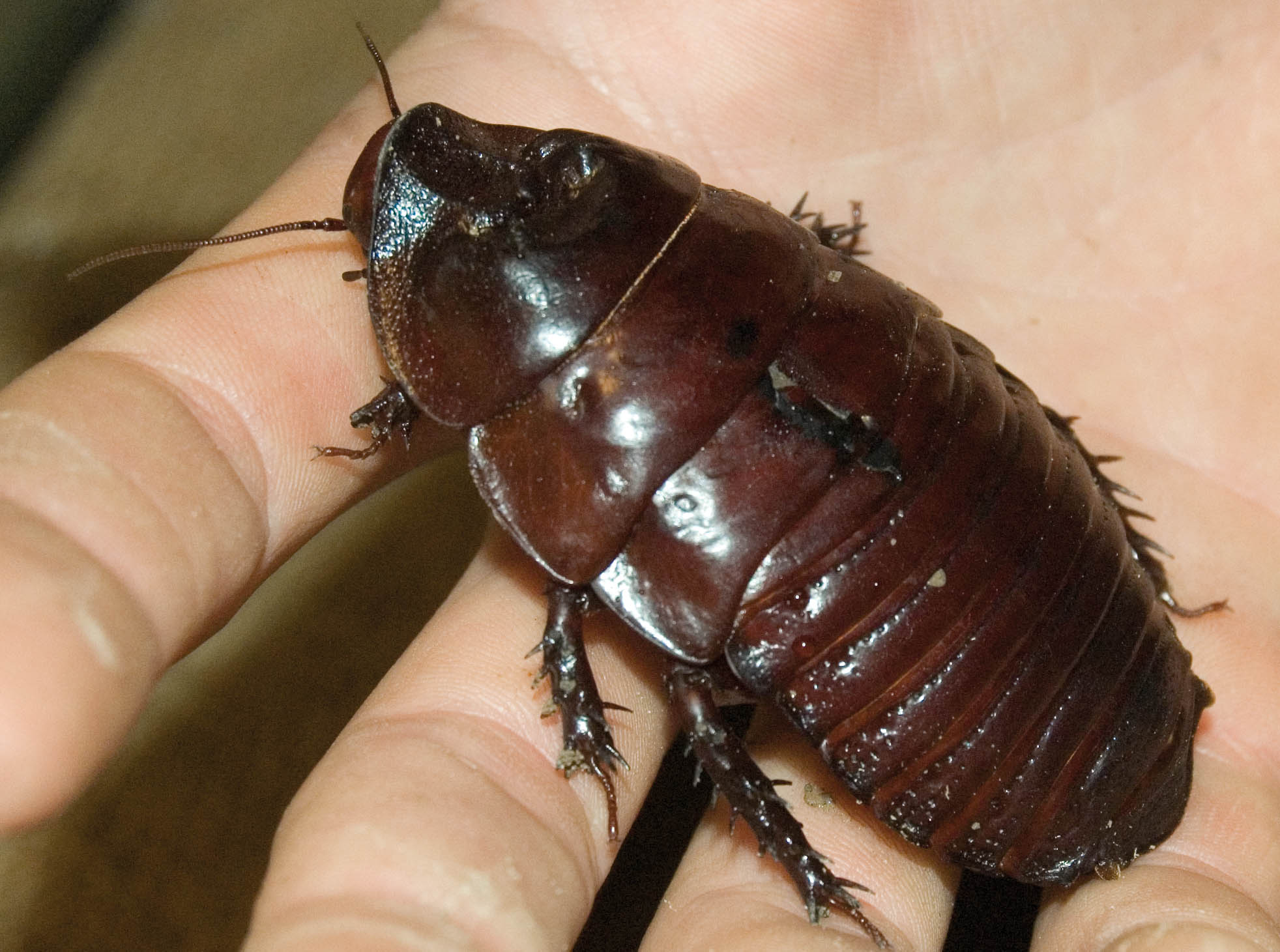
The insects of the order Orthoptera include the crickets and grasshoppers. Generally, the nocturnal crickets are duller coloured, while the diurnal grasshoppers can be brighter colours; however, in the tropical rainforest crickets are often colourful bright greens. One of the most strking groups are the ‘spiny crickets’ of the genus Phricta. They occur in forests along the east coast of Australia from NSW north, and are found on vegetation. Some of the tropical species can be large, have rainforest lichen camouflage colours, and be elaborately spiny, and are thus sometimes called ‘Wait-a-while crickets’. When disturbed, they are reported to turn around with their rear towards the threat and flick their spiny legs out as a defence. Generally, however, they are harmless leaf eaters.
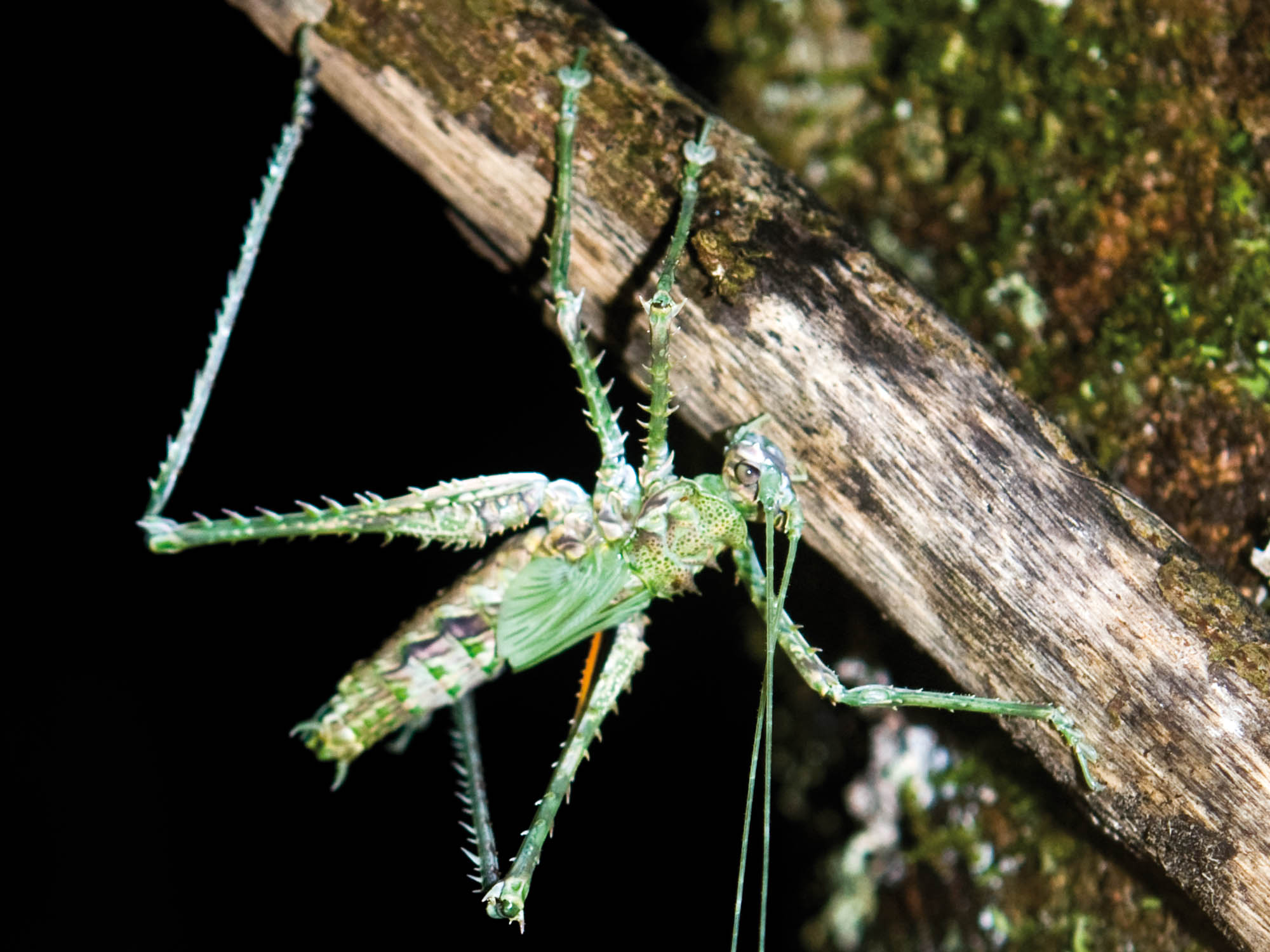
The order Phasmatodea contains the 'Stick Insects'. Below is Eurycantha calcarata, 'Thorny Devil Stick Insect', 'Giant Stick Insect', which is found in New Guinea, Solomon Islands and New Caledonia.
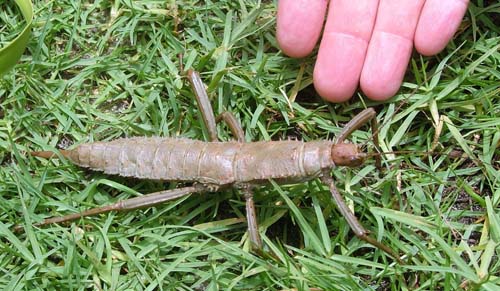
Butterflies and moths around the world reach their highest diversity in the warm and wet lowland rainforest, and it is no different in Australia. Of the over 400 species of butterflies found in Australia, nearly half of them are associated with the various types of rainforest in the northern and eastern parts of the continent, with the lowland rainforests of North Queensland and Cape York Peninsula generally considered the areas of highest diversity for butterflies. As one travels further north into equatorial New Guinea, the diversity increases.
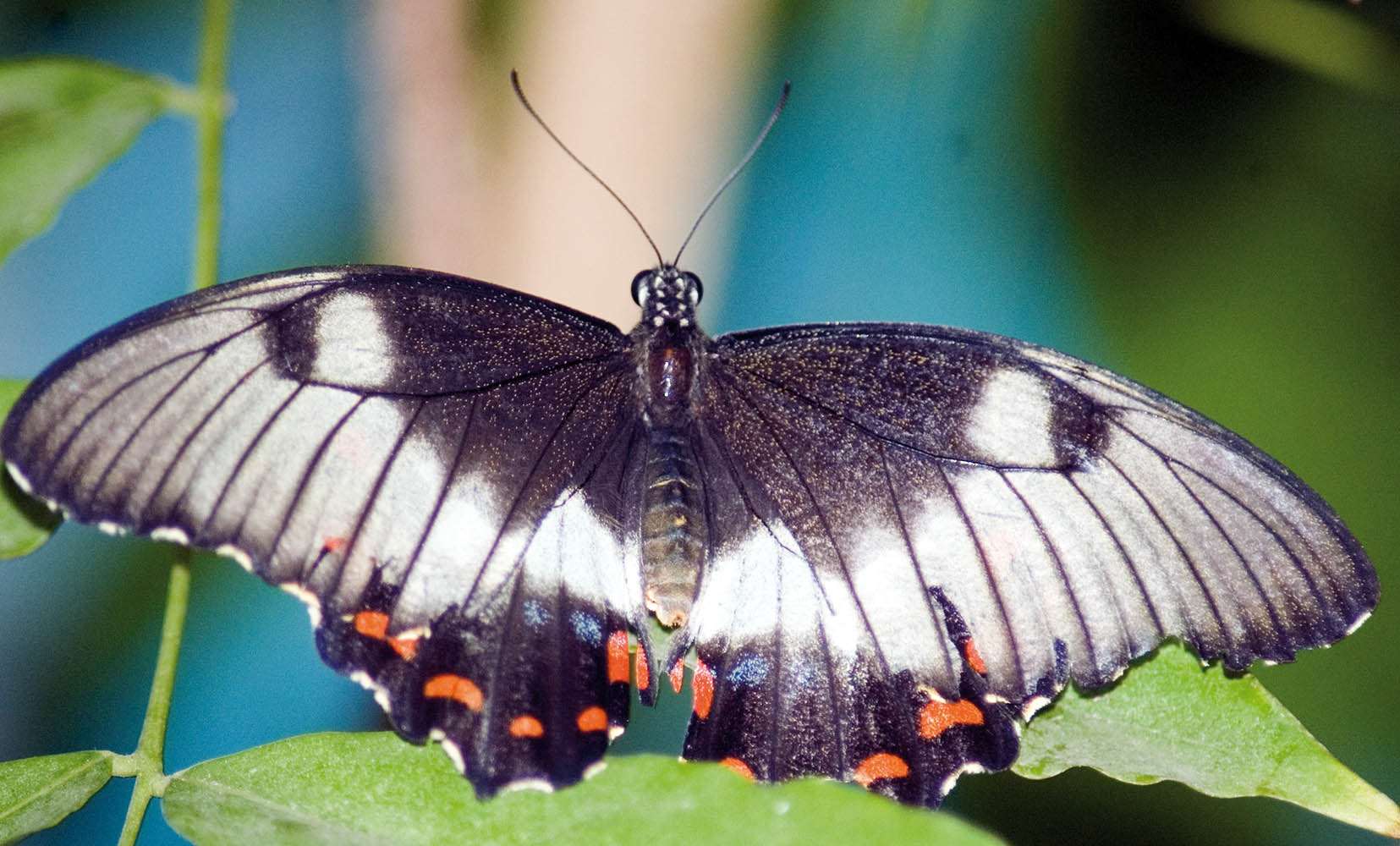
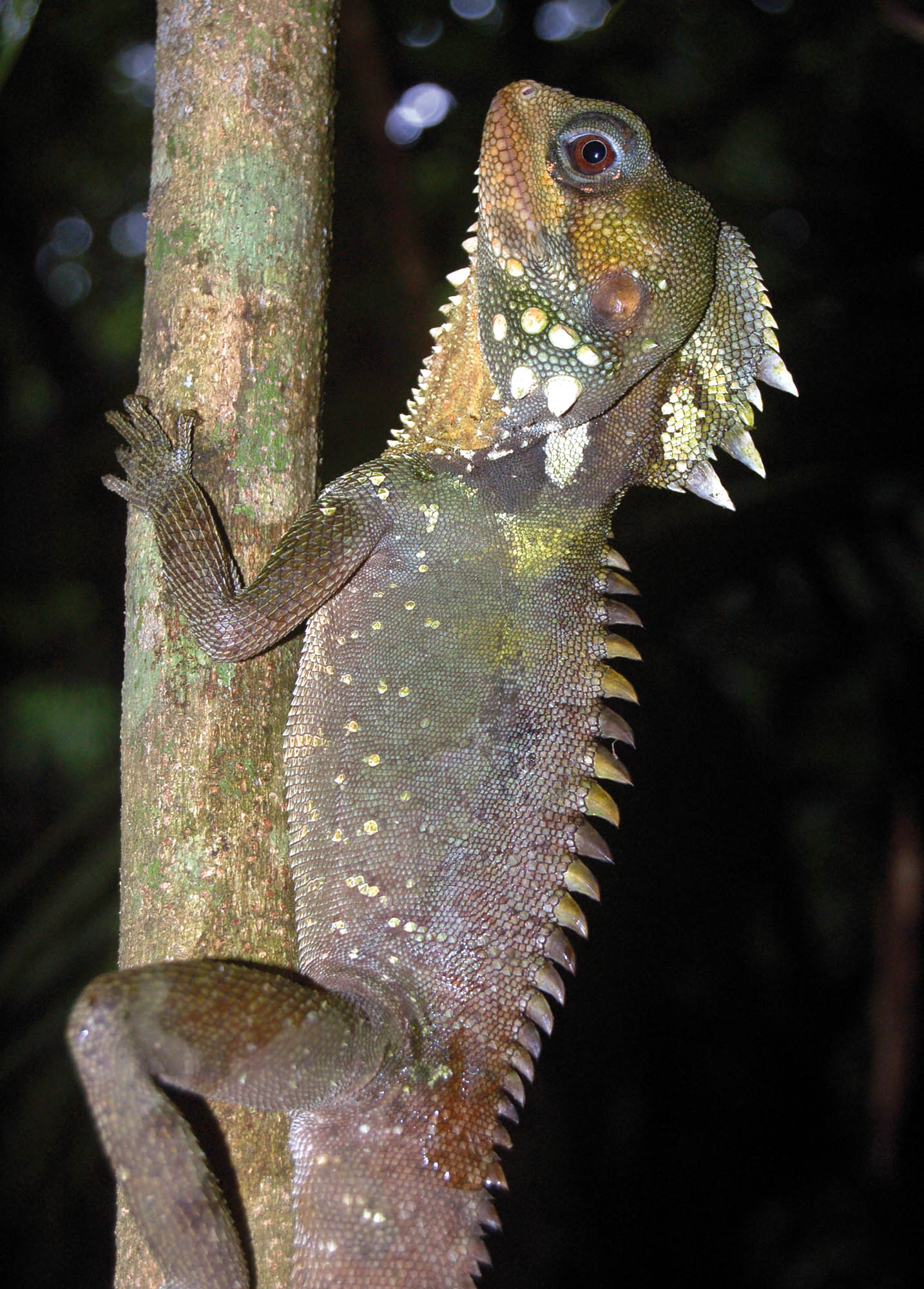
The dragons of the family Agamidae are found from Europe, to Africa, Asia, Australia, and the south Pacific. There are some 70 species in Australia, but, like the geckos, they are more common in drier habitats and relatively less diverse in the Australian rainforest. The genus Hypsilurus the ‘Angle-headed Dragons’ have eyes that are large compared to other open habitat dragons of Australia, perhaps due to the low light levels of their rainforest understory habitat. They are difficult to spot as they perch very still in the first few metres of a rainforest trunk. From here they watch for prey and avoid detection by predators; if spotted, they will slowly edge around the other side of the trunk. The genus includes: Hypsilurus boydii Boyd’s ‘Forest Dragon’.
The 'Skinks' make up the largest of all lizard families, with over 1,500 species and continuing, with new species being discovered every year. They have adapted to almost every terrestrial niche on the planet. They are particularly diverse on the Australian continent, with over 380 species, and are common in most habitats, including rainforest. There is only 1 species in the genus Gnypetoscincus, the ‘Prickly Forest Skink’, which is endemic to north-east Queensland, where it is restricted to the tropical rainforest.
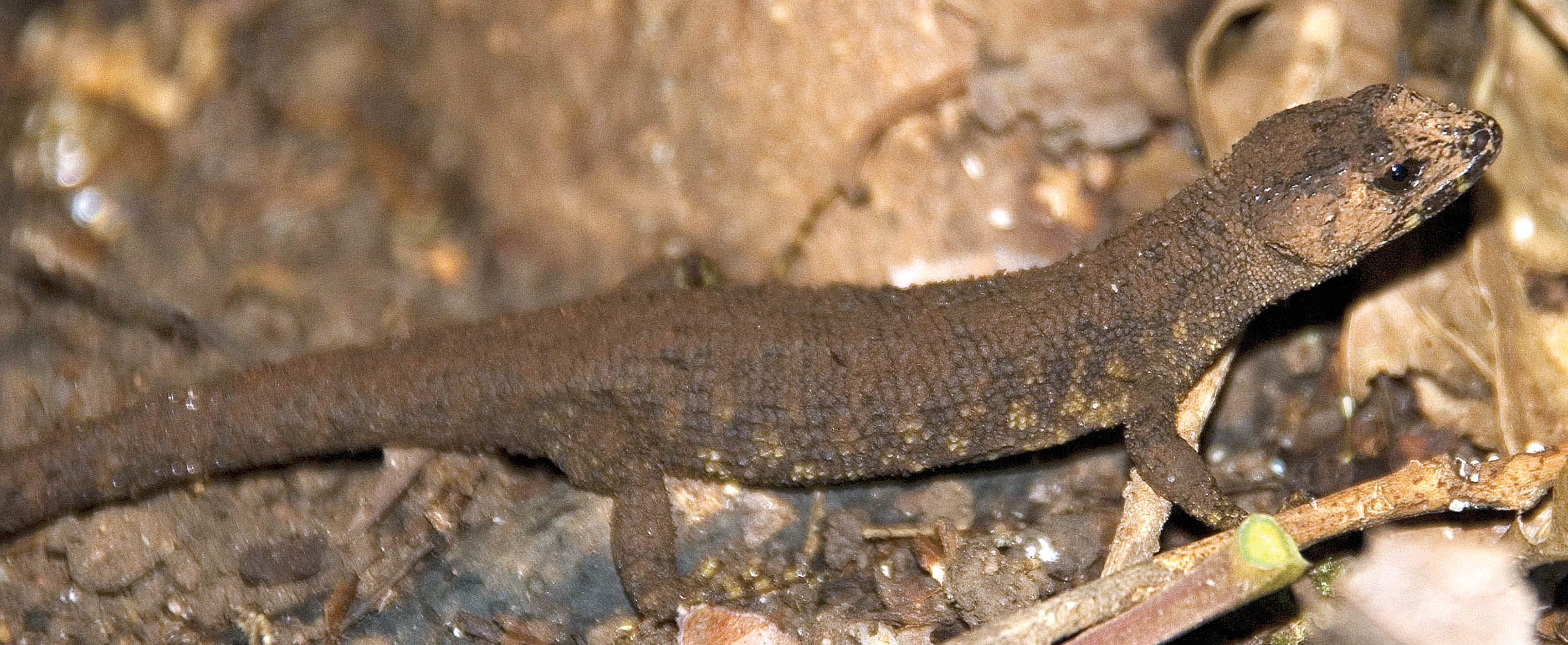
The largest birds in the Australasian rainforest, (indeed, in any rainforest on the planet) are the Cassowaries of the family Casuariidae. There are three species; they are all found in New Guinea, with one species also found in north-east Australia.
The largest predator on land in the Australasian rainforest is a python. The 25 species of Pythons are mainly found in the Old World tropics and subtropics, including Africa, Asia and Australia. They have reached their highest diversity in Australasia, where about half of the world’s species are found, and very well represented in the tropical rainforest here. Simalia kinghorni, ‘Australian Scrub Python' is Australia’s biggest snake and they can swallow bandicoots and rainforest wallabies.
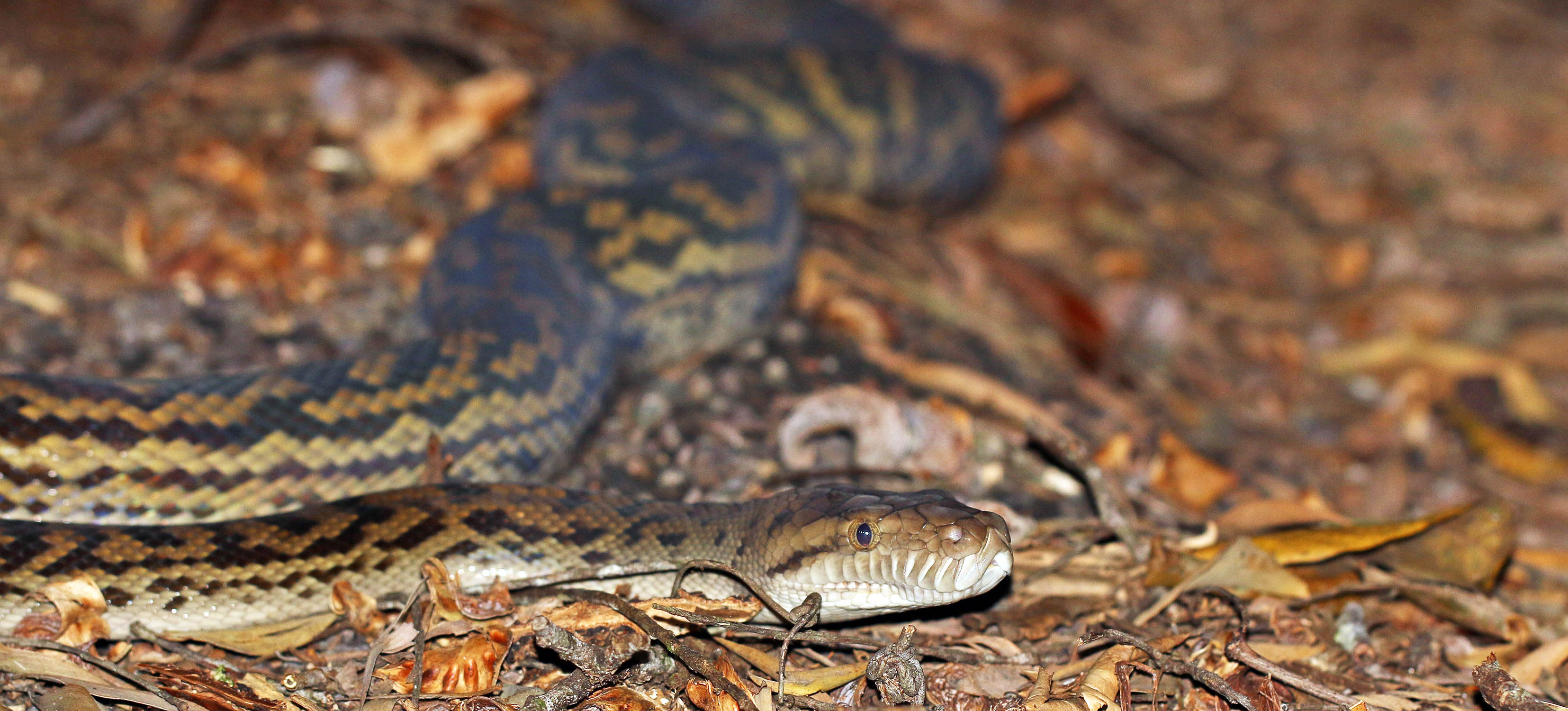
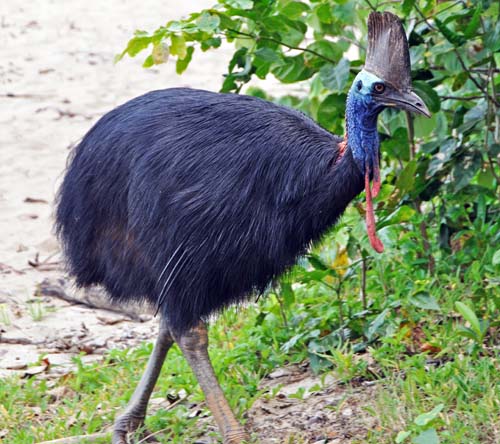 'Southern/Double-wattled Cassowary', (Etty Bay, Australia)
'Southern/Double-wattled Cassowary', (Etty Bay, Australia)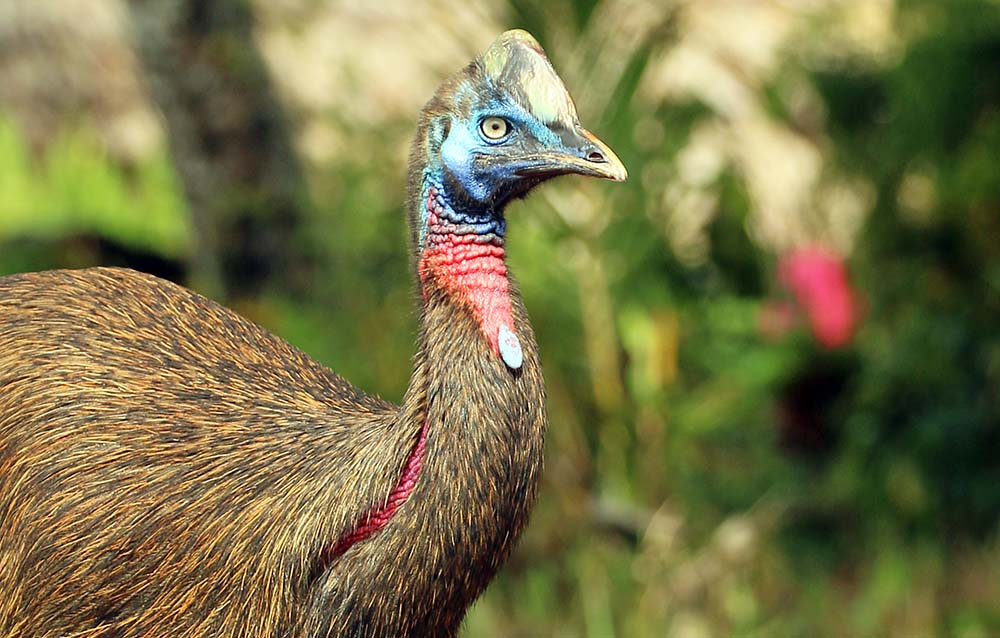 'Northern/Single-wattled Cassowary' juvenile, (Sepik River, Papua New Guinea)
'Northern/Single-wattled Cassowary' juvenile, (Sepik River, Papua New Guinea)The family Megapodiidae are mostly found in the Australasian region (with some spilling into Wallacea), and consist of large ground dwelling birds. The most distinctive feature of most species is their creation of huge mounds of decomposing vegetation to incubate their eggs.
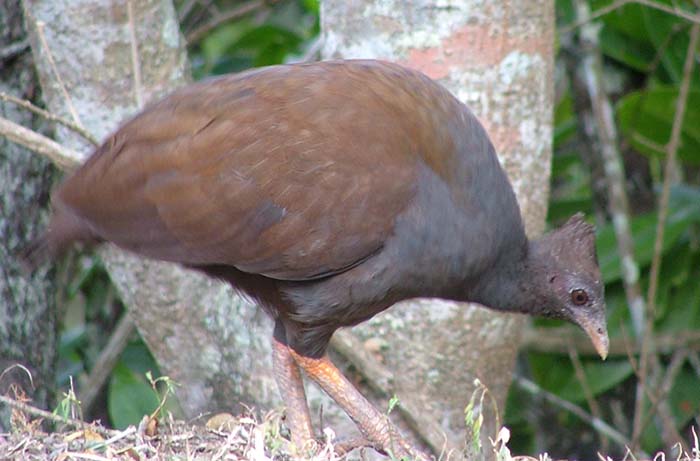 'Orange-footed Scrubfowl', (Cairns Botanical Gardens, Australia).
'Orange-footed Scrubfowl', (Cairns Botanical Gardens, Australia).The family Columbidae contains the world wide distributed doves & pigeons. While most people are familiar with the ubiquitous 'feral pigeon' of towns and cities, the rainforest of Australasia, especially the coast and islands of the south west pacific, have a wonderful range of the most colourful pigeons on the planet.
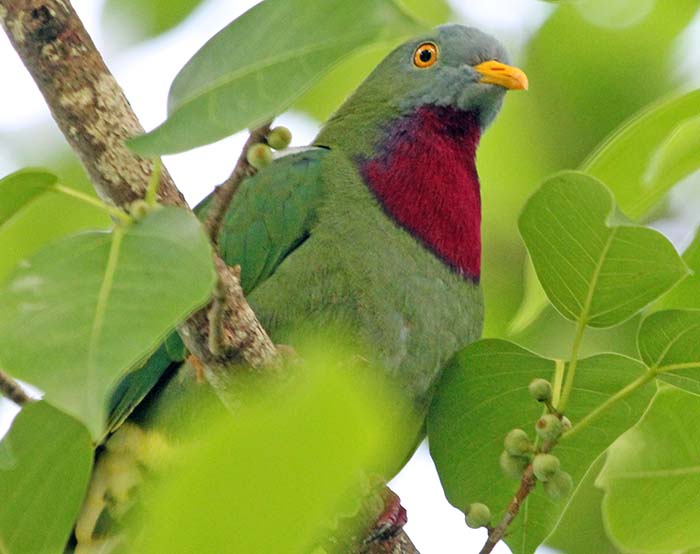 'Claret-breasted Fruit Dove', (Maravagi, Solomon Islands).
'Claret-breasted Fruit Dove', (Maravagi, Solomon Islands).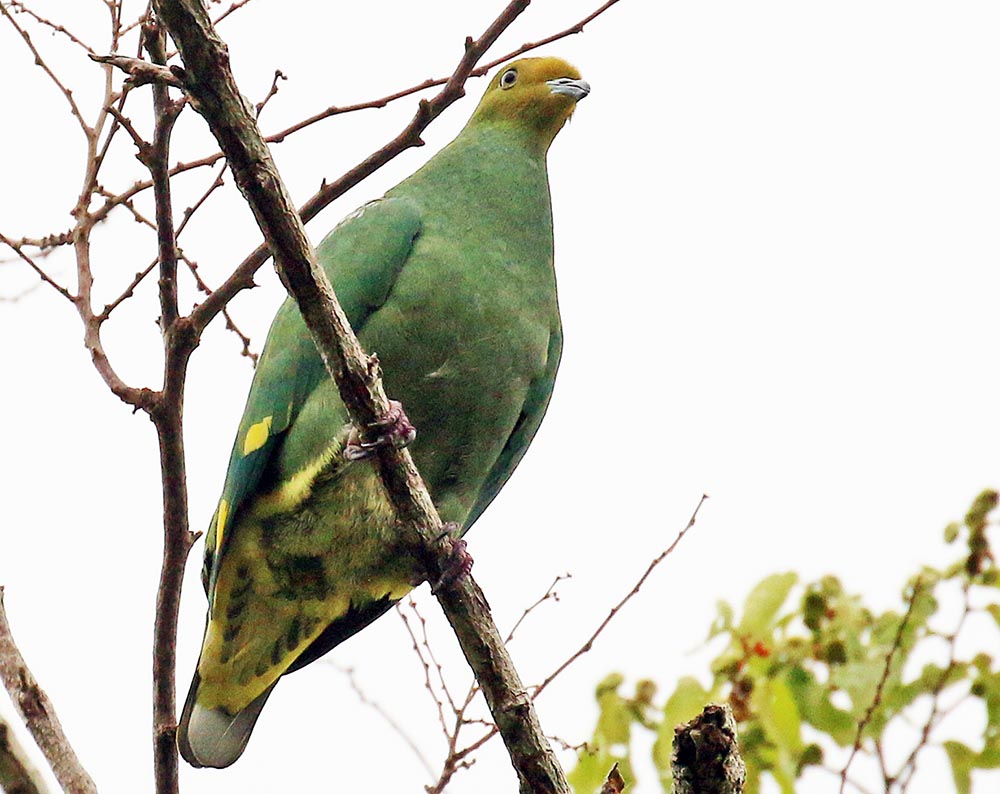 'Tanna Fruit Dove', (Espiritu Santo, Vanuatu)
'Tanna Fruit Dove', (Espiritu Santo, Vanuatu)The rainforest of Australia, New Guinea, and the islands of the tropical south-west Pacific have a range of big beautiful parrots.
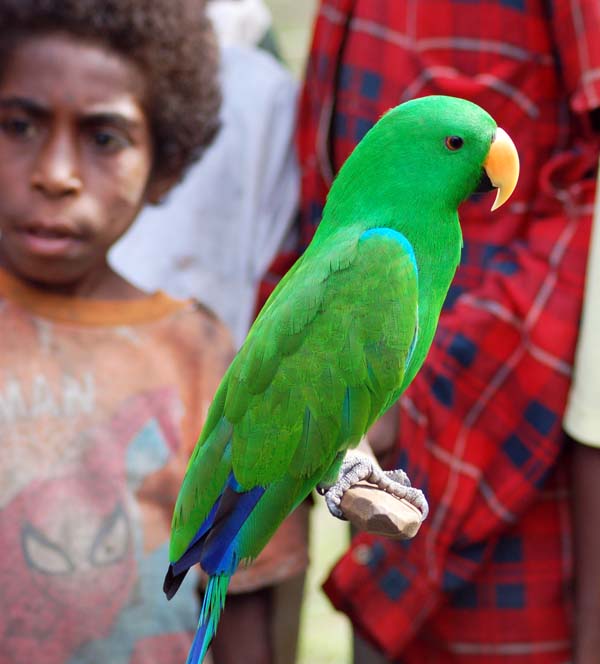 male 'Eclectus Parrot' (Sepik River, Papua New Guinea)
male 'Eclectus Parrot' (Sepik River, Papua New Guinea)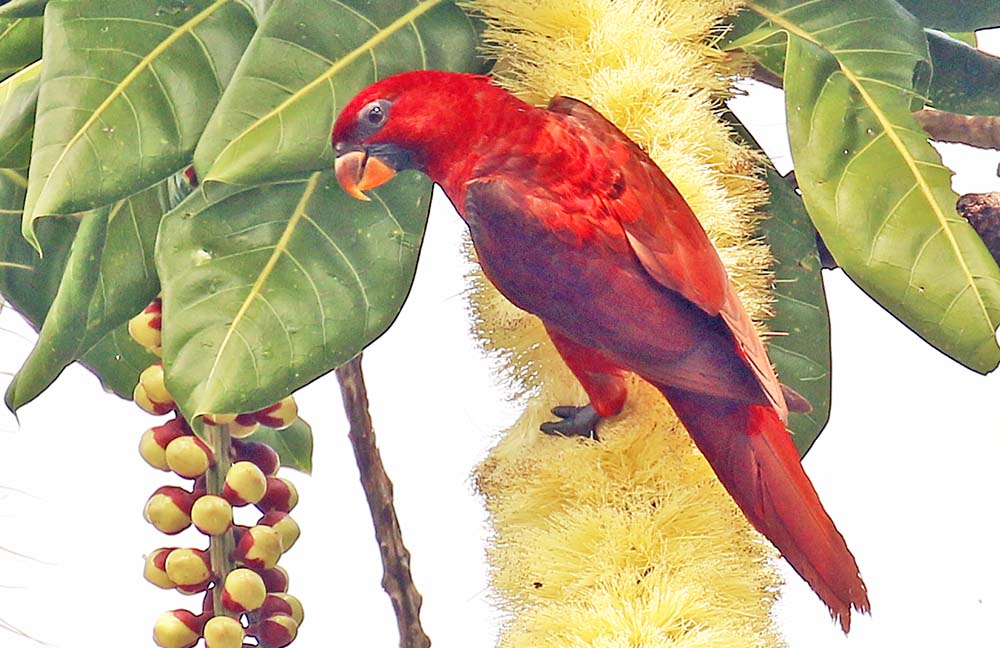 'Cardinal Lorikeet', (Marovo Lagoon, Solomons).
'Cardinal Lorikeet', (Marovo Lagoon, Solomons).The Brushtail Possum family includes the ‘cuscus’. They usually have much smaller ears than their brushtail relatives. They are found mainly in New Guinea, but several species also live in the surrounding islands of the south-west Pacific, and there are 2 species found in the forests of the Cape York region of Australia.
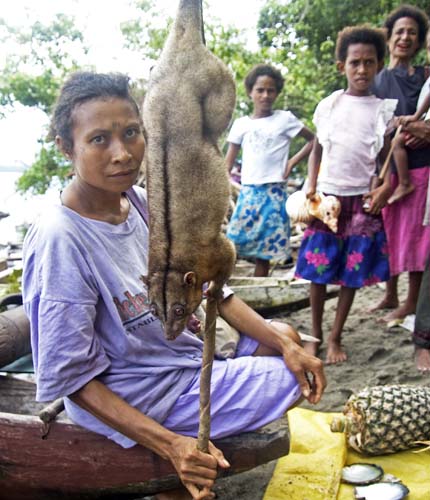
One of the more common and noisy mammals around rainforest in Australia and New Guinea are the flying fox or fruit bats. They often roost in large colonies around areas of human habitation, even in trees in busy urban areas. On the nearby islands of the south-west Pacific region, they are often the only native mammal.
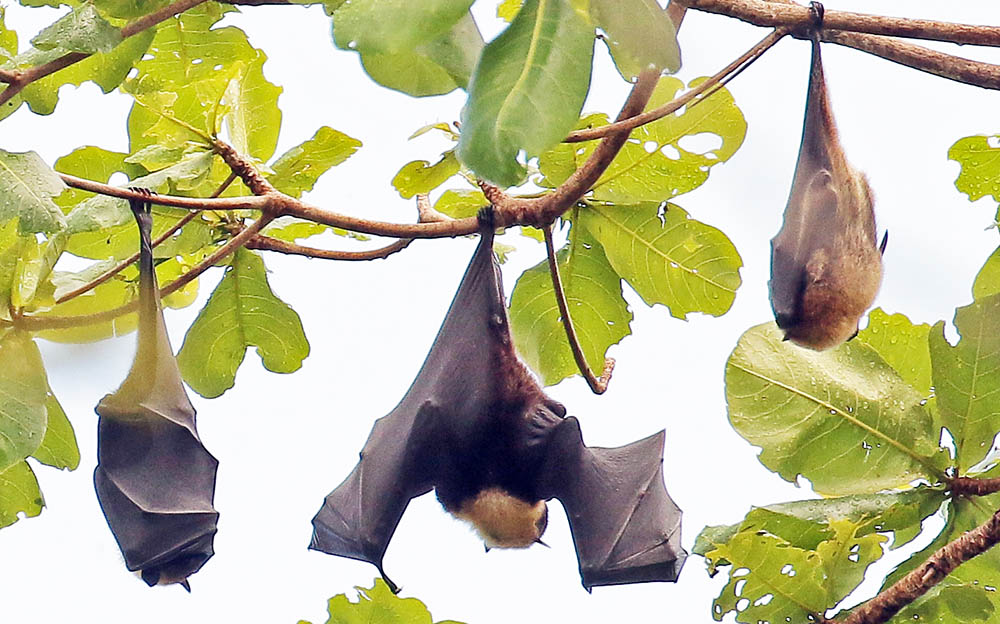 'Insular/Pacific Flying Fox', (Lautoka, Taveuni, Fiji)
'Insular/Pacific Flying Fox', (Lautoka, Taveuni, Fiji)Places to experience the Australasian lowland tropical rainforest
North-east Queensland is the centre of rainforest excursions in Australia, Cairns, Queensland. While in the town, there is the Cairns Botanical Gardens and for captive wildlife: Cairns Tropical Zoo. South of here is Mission Beach and Etty Bay, the best places to see Cassowary. North of Cairns is the Daintree Australia, not as good as the tablelands is for wildlife, but it is beautiful lowland rainforest, and includes the Daintree Discovery Centre.
The islands of Melanesia offer some relatively unspoilt lowland tropical rainforest. This includes the Arnavon (Arnarvon) Islands, and Marovo Lagoon. And then there is the largest and least known rainforest in Australasia, the jungle of Papua New Guinea. You can check out the relatively unknown Damawewe Caves, and in the north is the amazing Sepik River, great for culture and birdlife (if you can get there). The Indonesia half of New Guinea is getting more developed but areas such as Rajah Ampat are still well protected, including Gam Island, for Red Bird-of-Paradise., and Misool Island.



